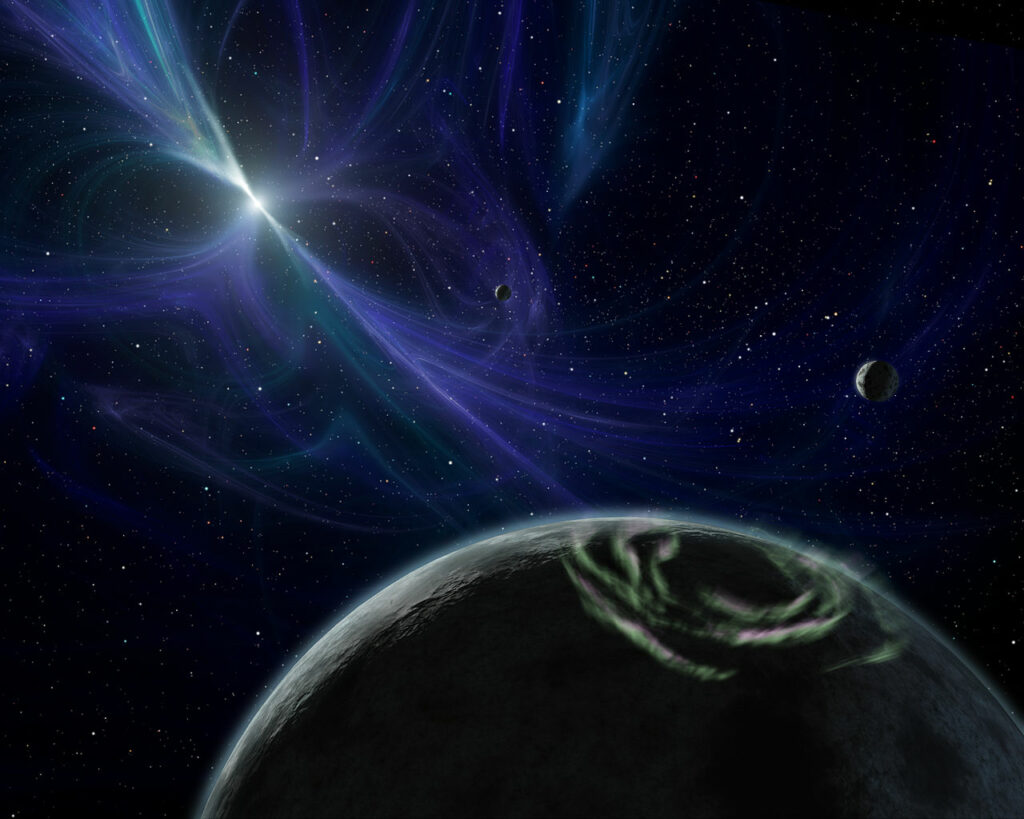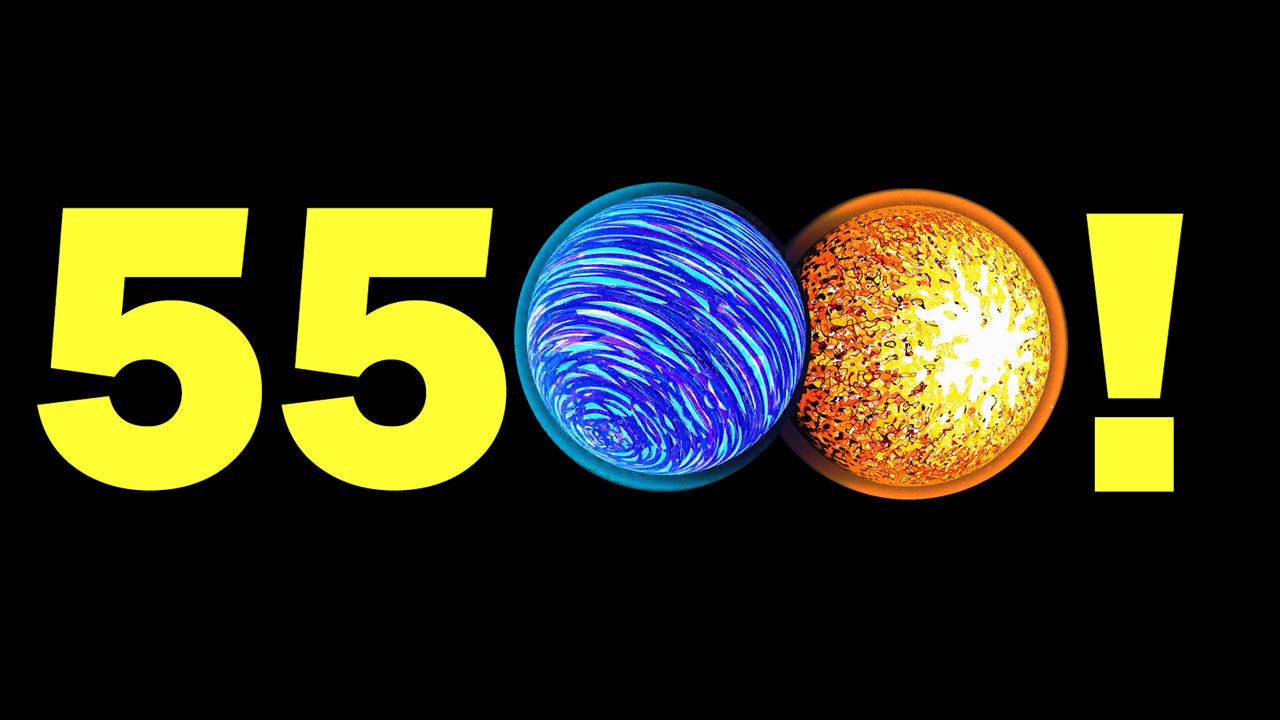NASA announced the overcoming of a significant milestone. The number of confirmed exoplanets, information about which is contained in the organization’s database, has exceeded the 5,500 mark.
History of the discovery of exoplanets
The first exoplanets were discovered in 1992. They were found near the pulsar PSR B1257+12, which caused a small sensation in the scientific community. The fact is that pulsars are formed as a result of the gravitational collapse of giant stars. The supernova flare accompanying this event should destroy any bodies in their vicinity. Therefore, it is believed that the exoplanets orbiting PSR B1257+12 are second-generation objects formed from the debris that remained from its original companions.

The first exoplanet of a “normal” star was found in 1995. It became the hot-Jupiter Pegasus 51 b, located at a distance of 50 light-years from Earth. The authors of this discovery were subsequently awarded the Nobel Prize.
Initially, the number of discovered exoplanets did not grow very rapidly. Everything changed after the launch of specialized spacecraft designed to hunt for extraterrestrial worlds. The most successful of them was the Kepler telescope. It confirmed the existence of over 2,700 exoplanets. The TESS space telescope, launched to replace it, has found 320 exoplanets so far. Several thousand more are now on the lists of candidates.
5,500 confirmed exoplanets

The mark of 5,500 confirmed exoplanets was crossed on August 31, when NASA announced the discovery of the following six extrasolar worlds:
- HD 36384 b. It is a super-Jupiter orbiting a red giant. The exoplanet is located 700 light-years from Earth.
- TOI-198 b. This object is most likely a stony exoplanet. Its orbit passes near the inner edge of the habitable zone in the red dwarf system, located 90 light-years from Earth.
- TOI-2095 b and TOI-2095 c. They are hot super-Earths that orbit a red dwarf 135 light-years from Earth.
- TOI-4860 b. This is hot-Jupiter. It orbits a red dwarf that is 260 light-years from Earth.
- MWC 758c. This is a giant protoplanet, which orbit takes place in the protoplanetary disk surrounding the newborn star. It is located 650 light-years from Earth.
After the discovery of these six exoplanets, the total number of confirmed extraterrestrial worlds reached the figure of 5502.
Follow us on Twitter to get the most interesting space news in time
https://twitter.com/ust_magazine

